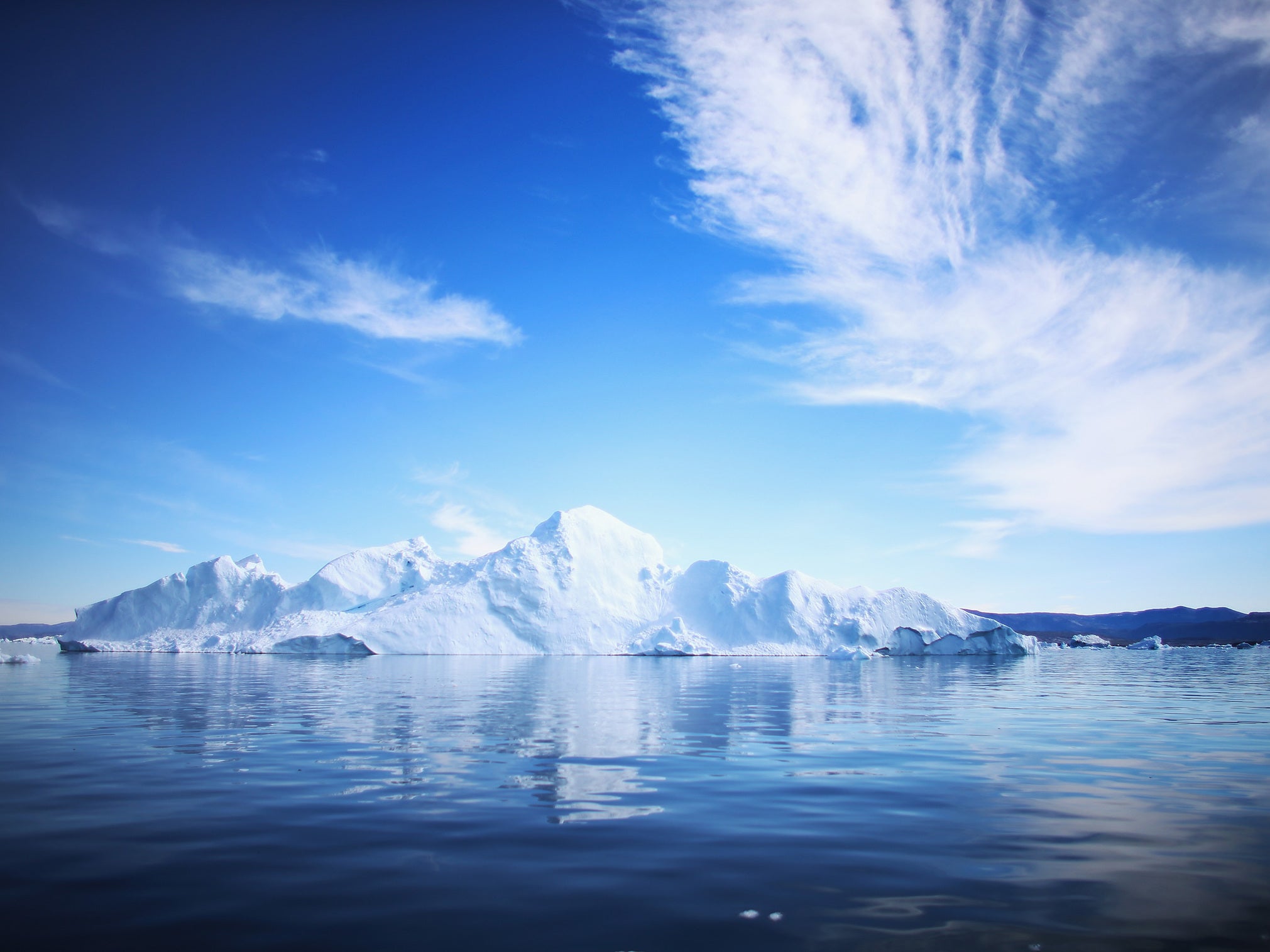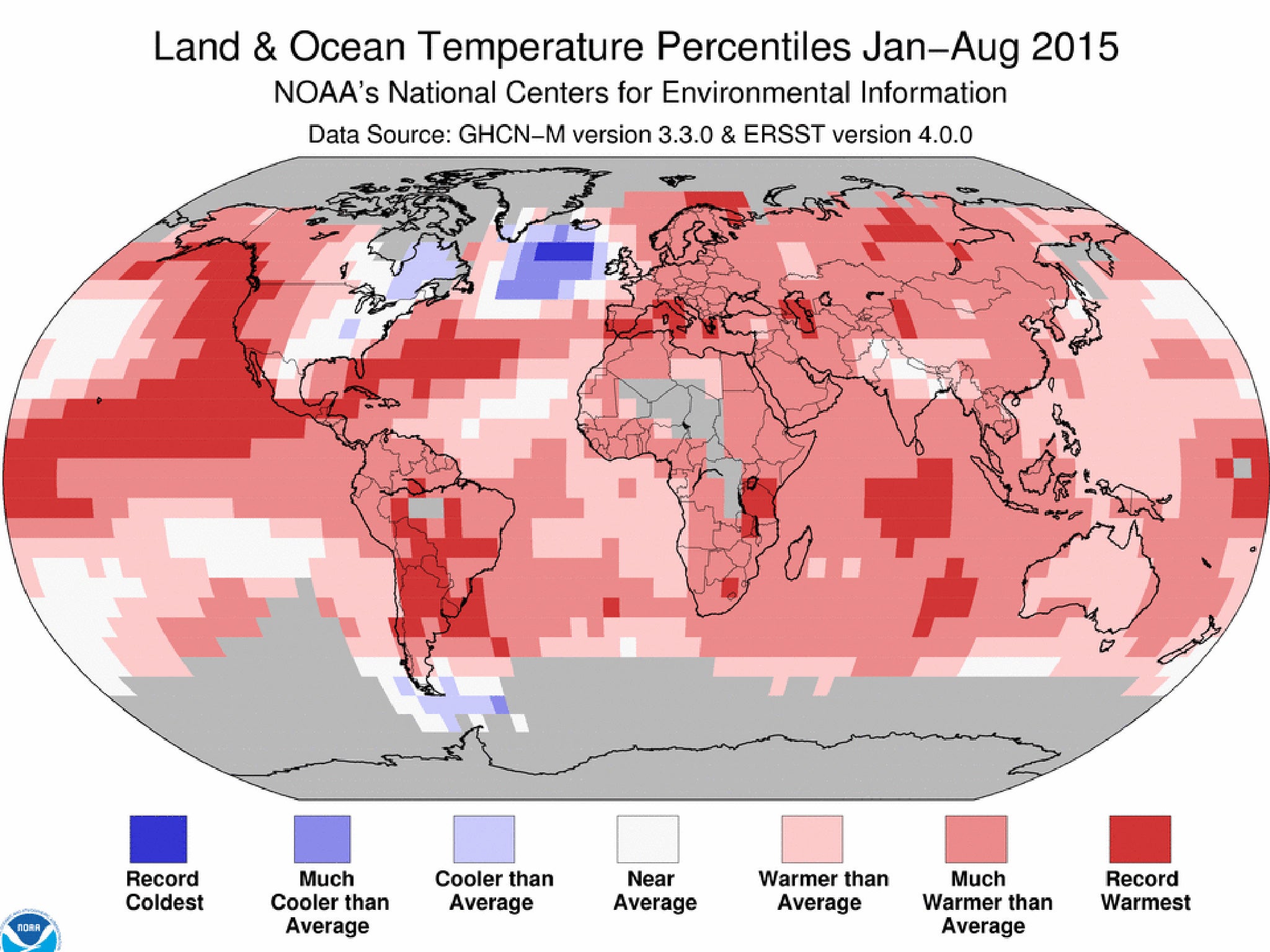Giant 'blob' of cold water in North Atlantic bucking trend of warmer-than-normal sea surface temperatures, say scientists
Temperatures of the sea surface in a vast region south of Greenland are near to, or below their lowest recorded levels

Your support helps us to tell the story
From reproductive rights to climate change to Big Tech, The Independent is on the ground when the story is developing. Whether it's investigating the financials of Elon Musk's pro-Trump PAC or producing our latest documentary, 'The A Word', which shines a light on the American women fighting for reproductive rights, we know how important it is to parse out the facts from the messaging.
At such a critical moment in US history, we need reporters on the ground. Your donation allows us to keep sending journalists to speak to both sides of the story.
The Independent is trusted by Americans across the entire political spectrum. And unlike many other quality news outlets, we choose not to lock Americans out of our reporting and analysis with paywalls. We believe quality journalism should be available to everyone, paid for by those who can afford it.
Your support makes all the difference.A giant “blob” of cold water has appeared in the North Atlantic over the summer months, bucking the global trend of warmer-than-normal sea surface temperatures around the world, scientists said.
Temperatures of the sea surface in a vast region south of Greenland are near to, or below their lowest recorded levels, leading some scientists to speculate that it may be a sign that the vast oceans currents of the North Atlantic are slowing down due to large volumes of glacial melt-water running into the sea.
Since the beginning of the year, scientists at the US National Oceanic and Atmospheric Administration (NOAA) have recorded much lower sea-surface temperatures than usual in the region south of Greenland and Iceland, with some area recording the lowest eight-month period on record.
This contrasts with the noticeably higher-than-average temperatures seen in almost every other part of the world, which has coincided with a strong “El Nino” event in the Pacific Ocean – the warm sea current associated with a disturbance in normal weather patterns.
A spokeswoman for the UK’s Met Office said: “North Atlantic sea surface temperatures are well below average and they have been all summer.”
One suggestion is that the freshwater run-off from the melting Greenland glaciers are disturbing the ocean “engine” that drives the North Atlantic meridional overturning circulation – the giant “conveyor belt” of sea currents that include the Gulf Stream.
The engine that drives ocean currents is powered by the sinking of cold, salty water from the sea surface to the seabed in a part of the North Atlantic south of Iceland. But some scientists fear that it is being disturbed by a layer of cold freshwater, which tends to remain on the sea surface, because the less-dense freshwater floats on the denser, salty water.

Earlier this year, scientists published a study suggesting that the North Atlantic circulation – the northward flow of warm, surface water and the southward flow of deep, cold water – had slowed down by between 15 and 20 per cent during the 20th Century.
“The current ‘blob’ was caused partly by strong winds over the Atlantic during the winter 2013-14 taking a lot of heat out of the ocean, but I think there are longer-term changes going on in the Atlantic that would give a similar temperature pattern,” said Leon Hermanson, a senior scientist at the Met Office Hadley Centre in Exeter.
“The magnitude of the changes on time scales of decades is larger than the effects we expect from Greenland land-ice melt or other factors slowing down the Atlantic conveyor belt,” Dr Hermanson said.
“The measurements we have of the conveyor belt are only ten years long and not at the ideal latitude to study the northern North Atlantic, but I think, based on my own and other people’s research, that the conveyor belt is currently decreasing, mainly due to climate variability and only a little due to climate change,” he said.
Researchers have calculated that some 8,000 cubic kilometres of freshwater has flowed from Greenland into the Atlantic between 1900 and 1970, and that this rose significantly to 13,000 cubic km between 1970 and 2000.
“It is conspicuous that one specific area of the North Atlantic has been cooling in the past hundred years while the rest of the world heats up,” said Professor Stefan Rahmstorf of the Potsdam Institute for Climate Impact Research in Germany.
Join our commenting forum
Join thought-provoking conversations, follow other Independent readers and see their replies
Comments